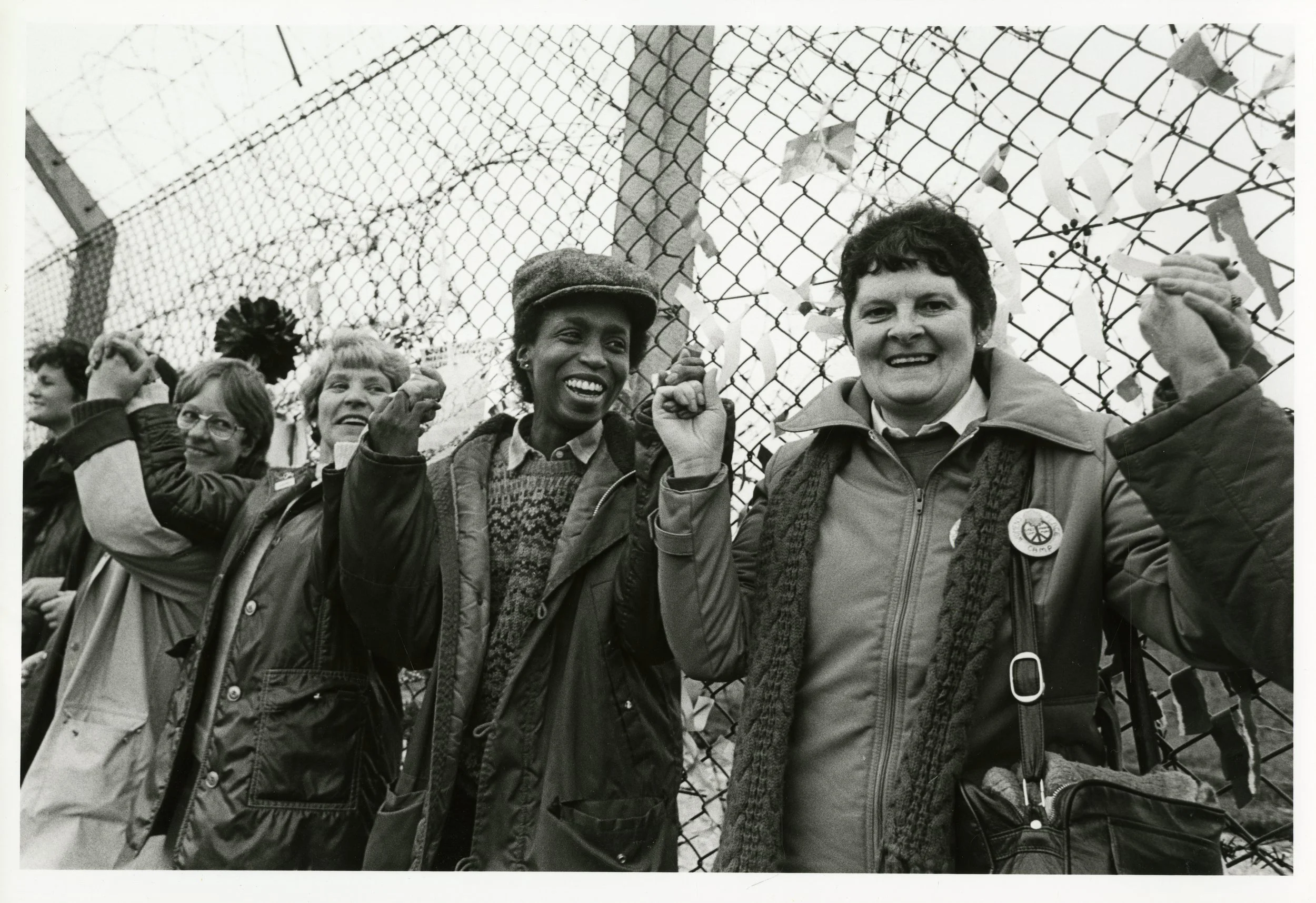Be in the Know: Crossrail
Crossrail is an infrastructure project that is under construction to deliver a new railway through Central London. The new railway will be known as the Elizabeth Line and will be run by Transport for London (TfL). The line, once complete, will run from Reading and Heathrow in the west, to Shenfield and Abbey Wood in the east.
Image: Crossrail route maps
The route will serve 41 stations, 10 of which are new. The Elizabeth Line, according to Crossrail Ltd, will improve connectivity in London by reducing the journey time from Heathrow to Liverpool St from 55 to 34 minutes. The project will also “bring 1.5 million more people within a 45-minute commute of the existing major employment centres”. Construction began in 2009 and the new line was set to open in December 2018 – however this was pushed back to Spring 2021, with the entire line fully functioning in 2022. There is still an element of uncertainty with the project board announcing it will not open the its central section as planned next year.
Construction and Design
Of course, COVID-19 has impacted works, but over the years there have been several setbacks during the construction phase which have caused the delay, one of which is the software system used for signalling systems. At present, the works that are being completed are:
· Dynamic testing of signalling systems
· Final fit-out of stations
· Handover of three shafts and portals to TfL
· Completion of Bond Street Station
· Safety and assurance processes
All 41 stations on the Elizabeth Line will be step-free to platform level and all of the new stations will be step-free from street level to platform level. In addition, the new trains will be air conditioned, contain real-time information whilst on the train, include intelligent lighting and temperature control and will be able to regenerate electricity back into the power supply to use up to 30% less energy.
Image: Crossrail
History
The Crossrail project idea has been around for decades and can be dated back to 1943 in which the railway was discussed to help post-war Britain recover from the suffering endured during World War Two. The term “Crossrail” was coined in 1974 by the Greater London Council and the Department for Environment. The core idea at the time, which remains relatively unchanged, was to join Paddington to the City of London. However, it was acknowledged that this new line had to be more than just another tube line, with importance placed on it being a railway that happens to go underground for a portion of its journey.
Towards the end of the 1980s it was apparent that the existing tube system was reaching its limits. In 1989, the Central London Rail Study proposed an East-West Crossrail and the Government gave the green light in 1990, with a bill being submitted to Parliament in 1991. The scheme was on the backburner until the Jubilee Line, Thameslink and Channel Tunnel Rail Link (HS1) was completed. Finally, after much scrutiny within Parliament, the Crossrail Hybrid Bill received Royal Assent in July 2008.
What’s next?
With Crossrail almost complete after decades of planning, we move onto the discussions around Crossrail 2. The key aspect of Crossrail is that it improves connectivity between the East and West, whereas Crossrail 2 will look to do the same from North to South. Crossrail 2 aims to reduce congestion on the existing tube and rail services, and complement connectivity between other major transport projects such as the Elizabeth Line and High Speed 2 (terminating at Euston Station). Click here to find out whether Crossrail 2 will impact you.
Find out how the Elizabeth Line will benefit you by checking this interactive map.
Words by Ayisha Paw












